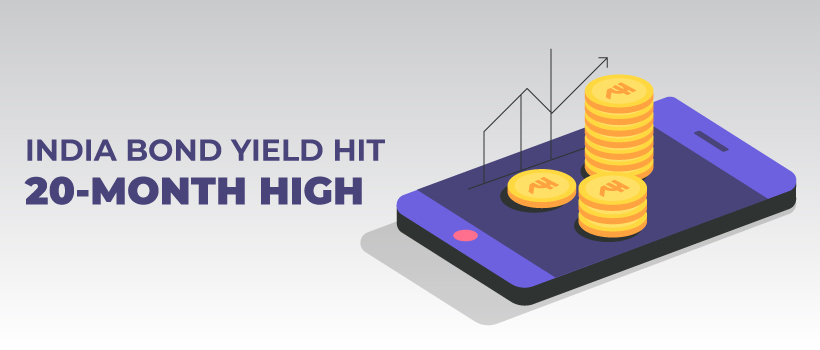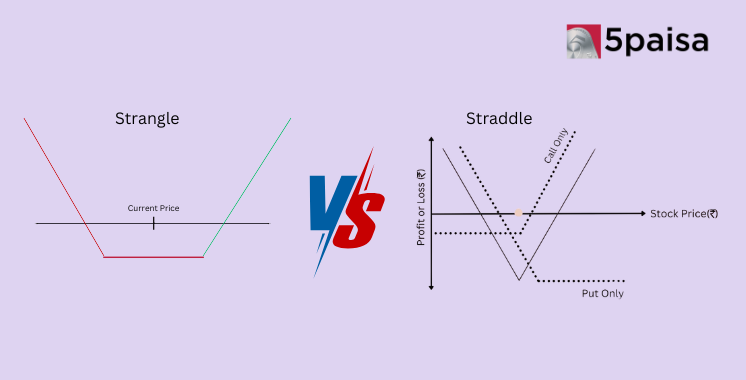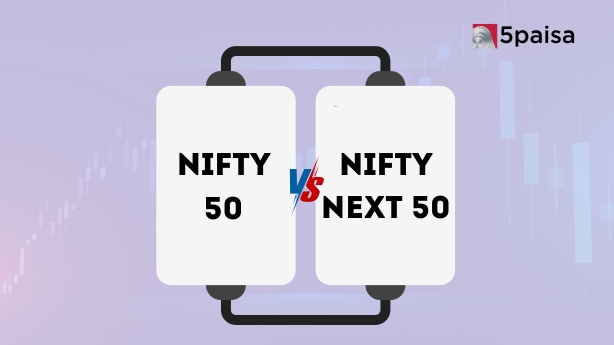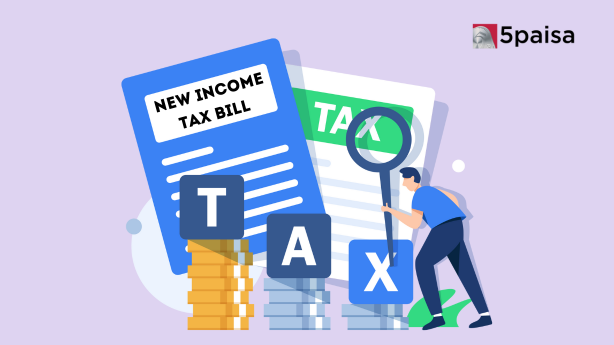Why Have the 10-Year Bond Yields Hit a 20-Month High?

On 28th December, the 10-year benchmark bond yields in India touched a 20-month high of 6.50% before it closed slightly lower at 6.49%. High bond yields are a global phenomenon with even bond yields in the US consistently moving up. But, in the Indian context, there are a number of reasons for this spike in bond yields.
First and foremost, there is no new 10-year bond as part of the bond sale at the upcoming bond auctions on 31st December. The outstanding stock on the existing benchmark is already at around Rs.148,000 crore and normally RBI issues a new bond when the outstanding stock approaches Rs.150,000 crore. That has not been done.
In recent days, the bond yield at which the RBI wants to auction paper seems to have few takers. That has led to the bond yields being pushed up to near the 6.5% mark. Markets expect that the RBI cannot afford devolutions beyond a point and will have to offer higher yields to attract investors.
The other important reason is that the RBI has been selling bonds as part of its open market operations to suck out the excess liquidity in the system. That means, as bonds get sold aggressively, the prices come down and since yields are inversely related to the prices, the bond yields are inching up. That has been a key reason for the bond yields moving up.
There is also pressure at the short end of the yield curve. For example, the RBI has been doing variable rate reverse repos (VRRR), which has pushed up the yields on short term debt instruments. Obviously, the yield curve is upward sloping by default, so any spike in short term yields gets transmitted to the longer end, pushing up yields on the 10-year bonds too.
Inflation has been a key reason for the structural yields moving higher. The US has stopped using the word “Transitory” to describe inflation and that is very true of India too. In the previous month, while the retail inflation stayed below the 5% mark, the wholesale inflation or producer inflation stayed very high at 14.23%.
What does this mean for bond yields. Clearly, bond yields are starting to price in higher inflation for a sustained period. Contrary to popular belief, the oil prices continue to rise. The government has tried to temper inflation once by cutting the excise and VAT on petrol and diesel. However, considering budget constraints, that is unlikely to repeat.
Going ahead, a lot will depend on the trajectory adopted by the RBI. The US has embarked on an aggressive taper and may start hiking rates from March 2022. December monetary policy was announced under the cloud of Omicron. However, the bond yields are building in greater hawkishness by the RBI in its February policy. That could be a return to reality.
Also Read:-
- Flat ₹20 Brokerage
- Next-gen Trading
- Advance Charting
- Actionable Ideas
Trending on 5paisa
Indian Stock Market Related Articles
Disclaimer: Investment in securities market are subject to market risks, read all the related documents carefully before investing. For detailed disclaimer please Click here.
 Tanushree Jaiswal
Tanushree Jaiswal
 5paisa Research Team
5paisa Research Team
 5paisa Research Team
5paisa Research Team




